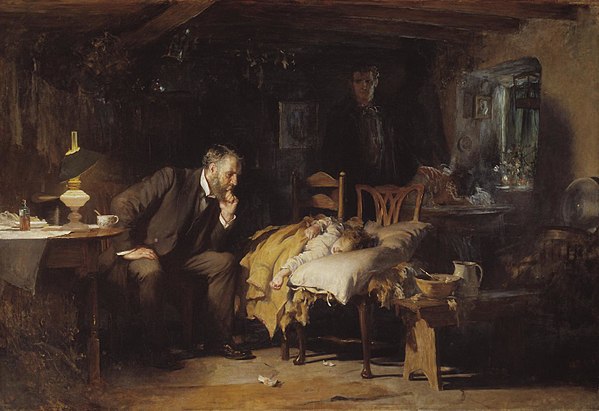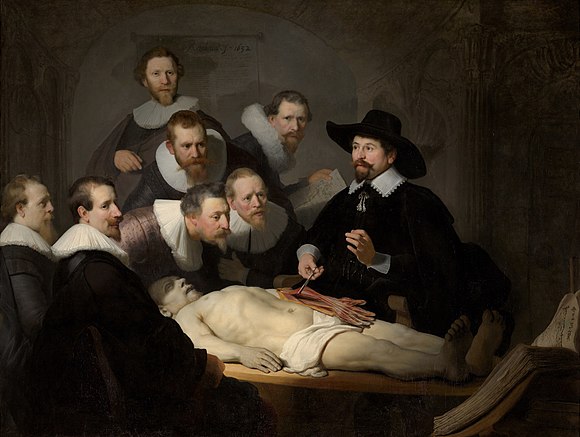In a Modern Healthcare essay, Joanne Conroy, M.D., president and CEO of Dartmouth-Hitchcock Medical Center, in Lebanon, N.H., discusses how to speed up progress toward gender equity in health-care leadership. Among her remarks:
“At my organization, Dartmouth-Hitchcock, we ask all of our vendors to disclose, in the request-for-proposals process, the diversity of their executive teams and board composition. We want to have partnerships with financially healthy organizations, and we know that diversity in management helps lead to sustainable financial performance.
“In a much broader effort, the Equity Collaborative will launch this summer with a design day just before Modern Healthcare’s “Women in Leadership”conference on July 31 in Chicago. The group will be a learning community of men and women, leading large healthcare organizations, who are committed to helping healthcare companies transform their cultures in order to accelerate the advancement of women in management and governance. By sharing practices that are effective, the Equity Collaborative participants will strive to accelerate progress in achieving gender equity in their organizations and promoting equity across the healthcare industry.”
“We don’t want to simplify the challenge by asserting that women make better leaders than men. Instead we want to stress that greater representation by women and attention to the environment at the top of an organization allow everyone to be empowered, engaged, included and respected in their pursuit of improving health….”
To read her essay, please hit this link.






